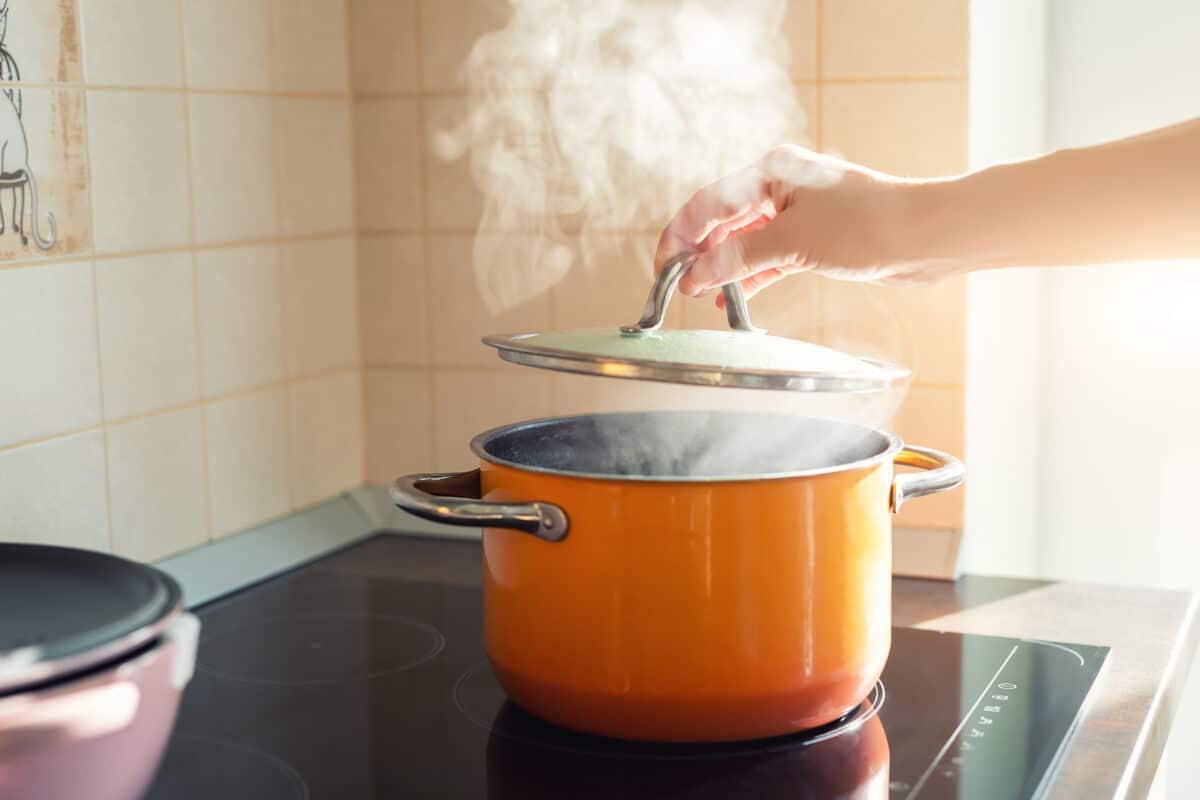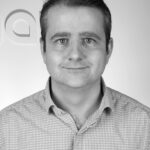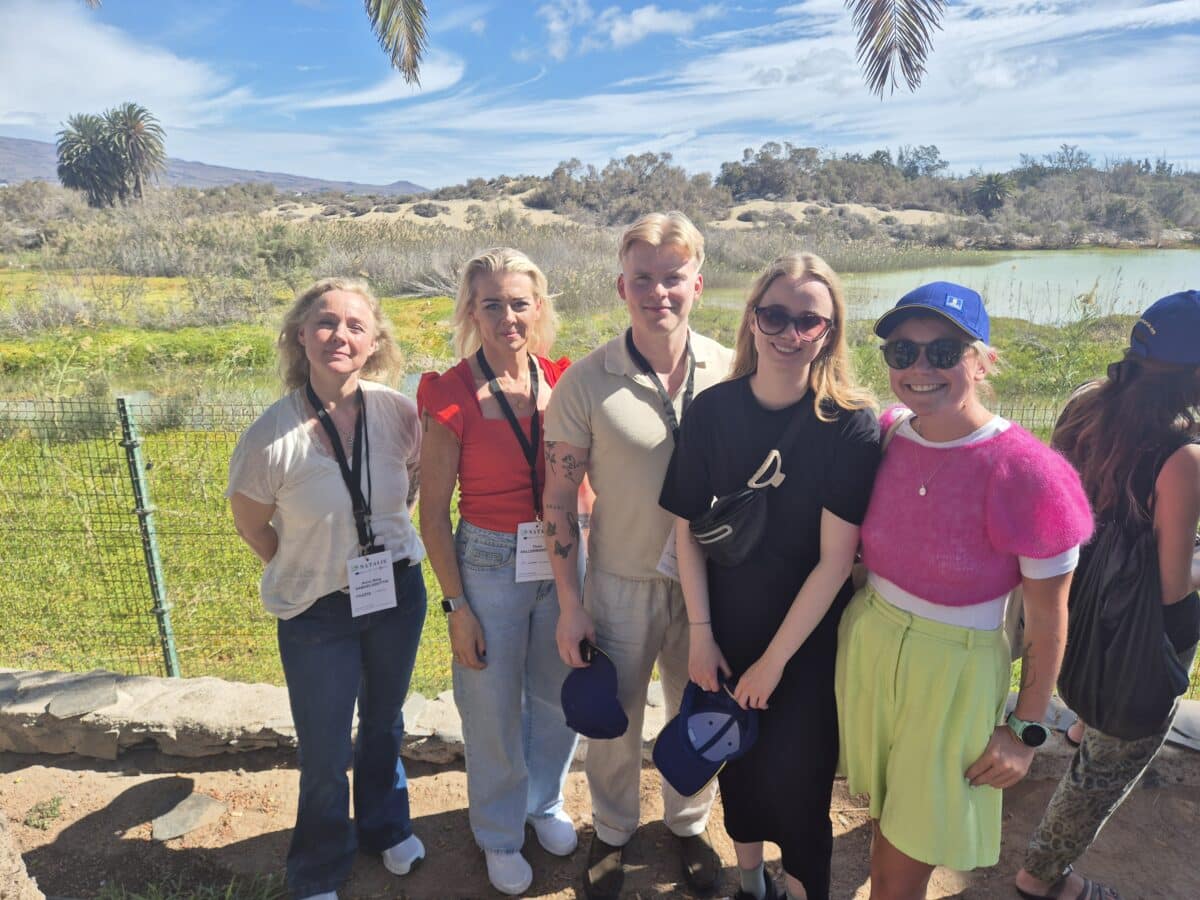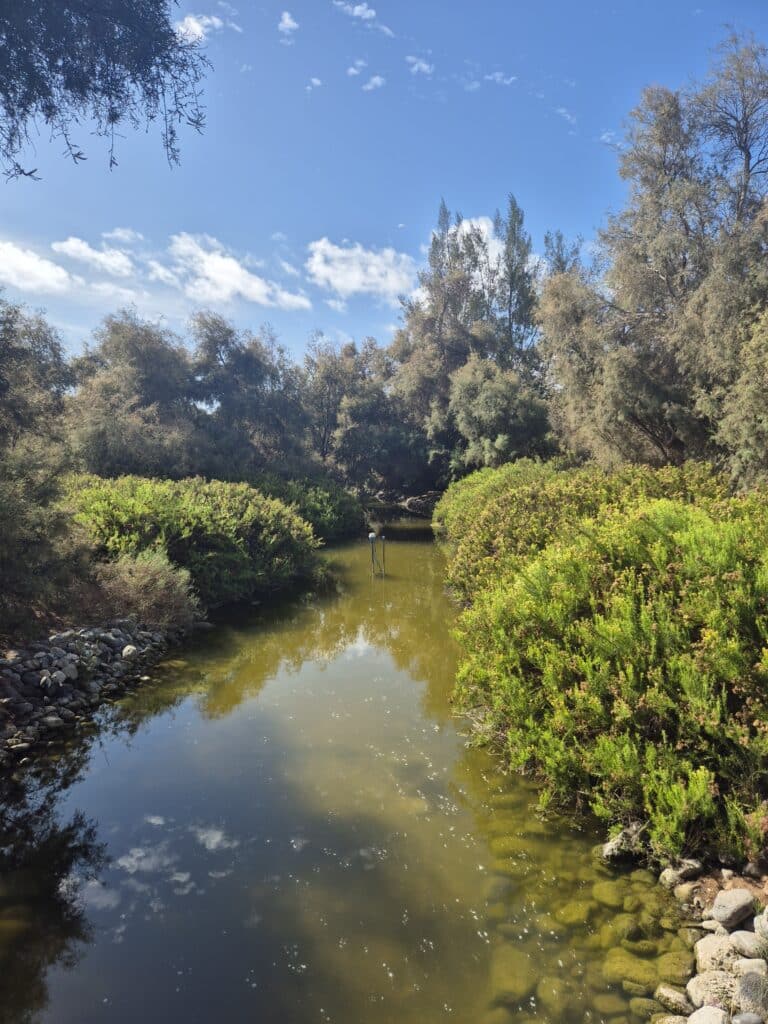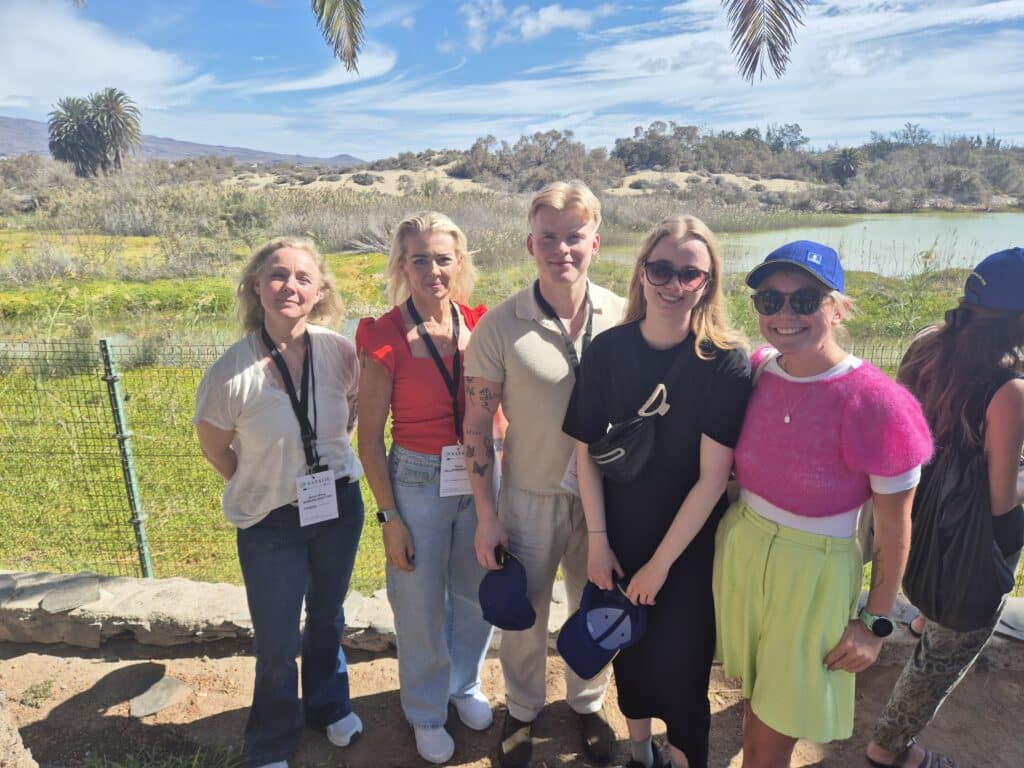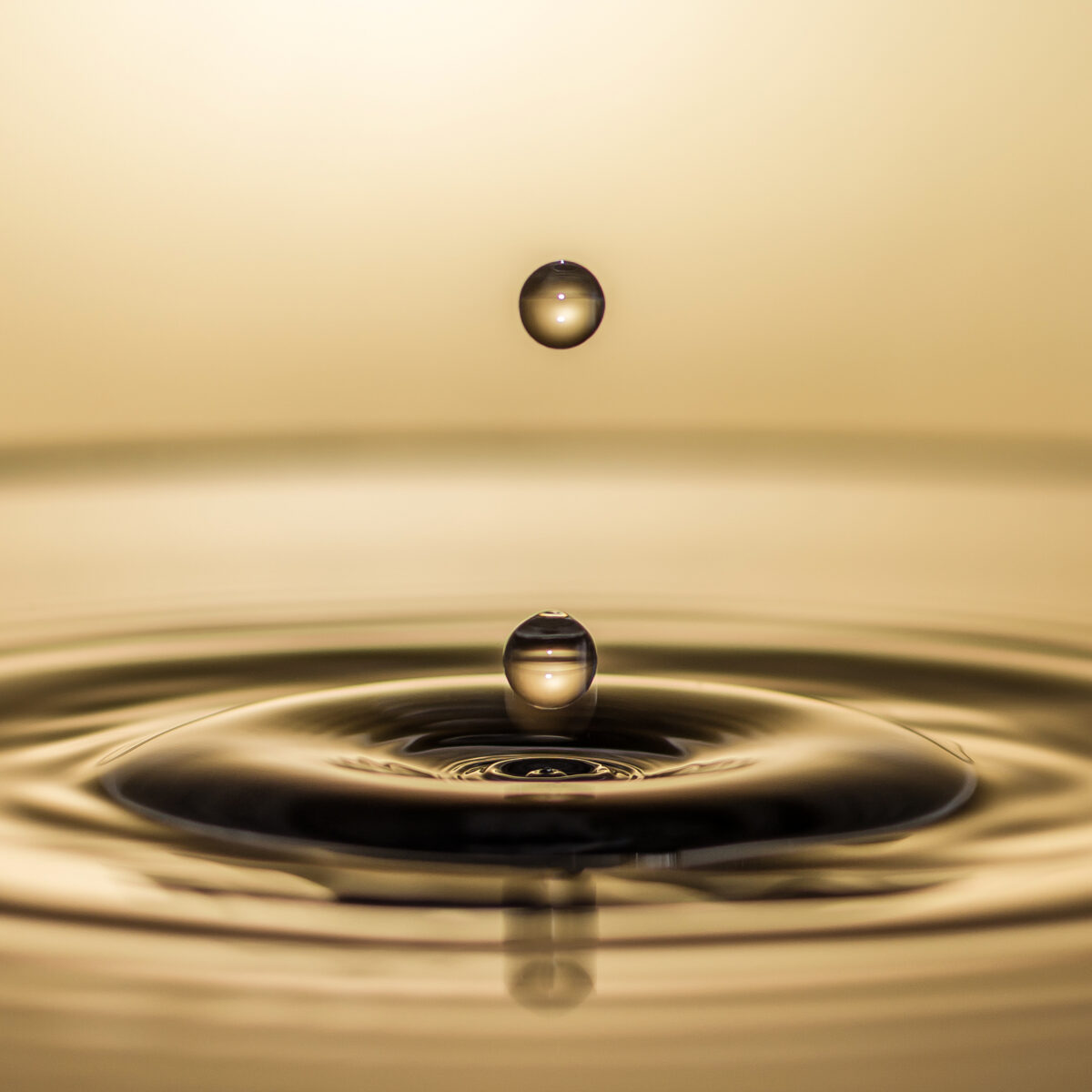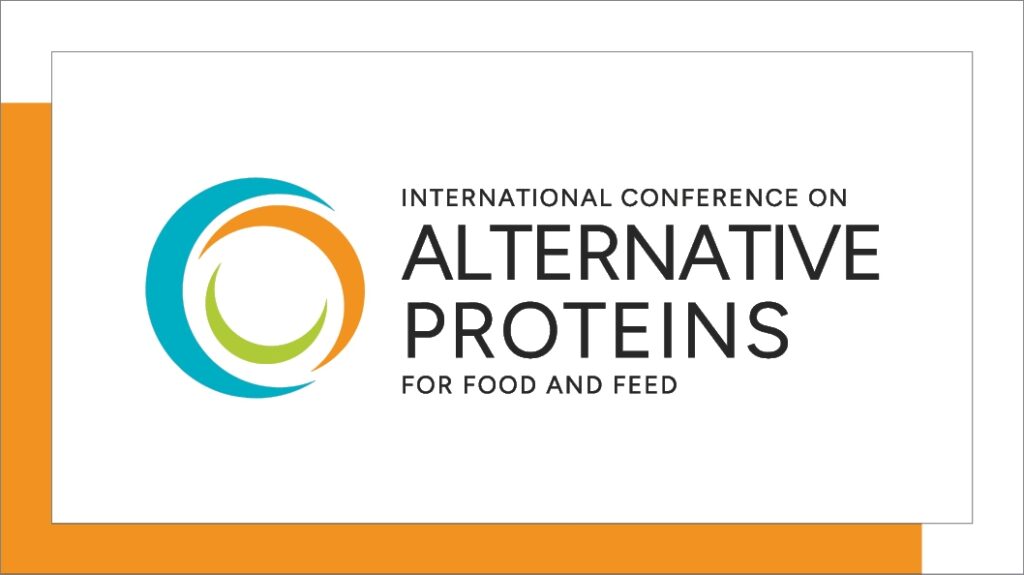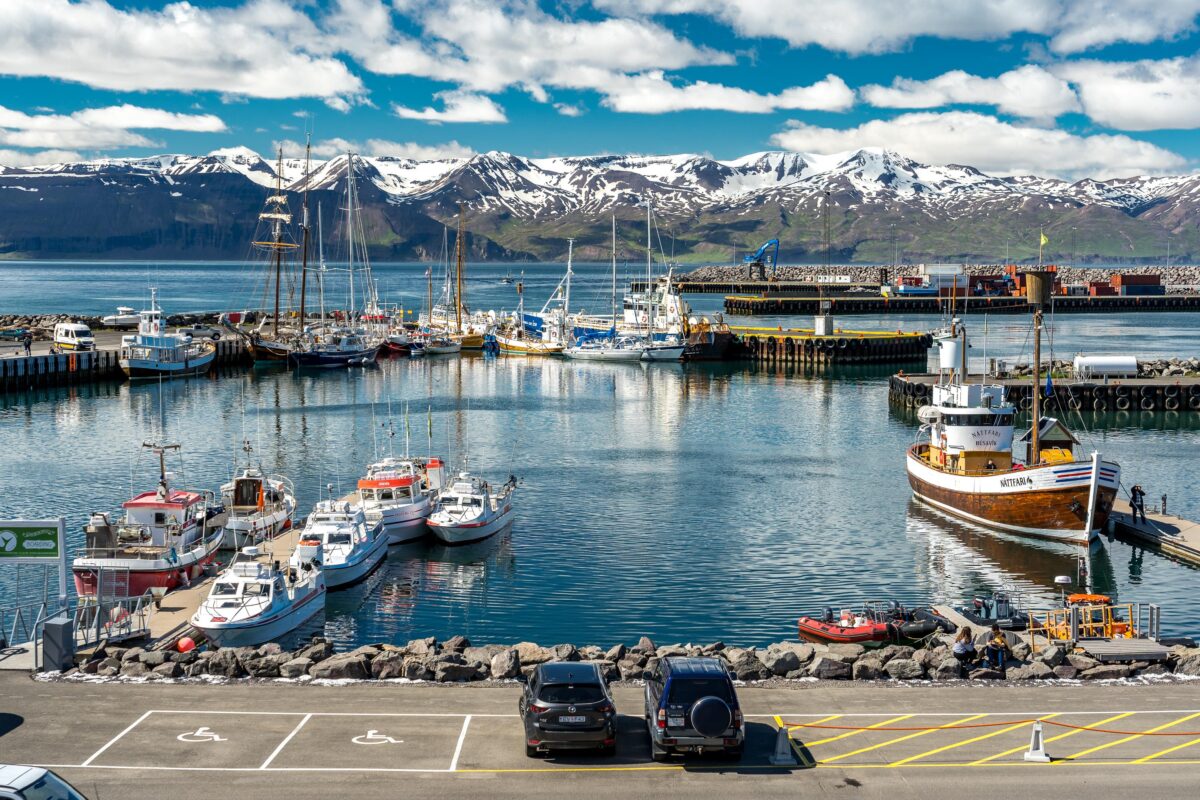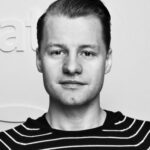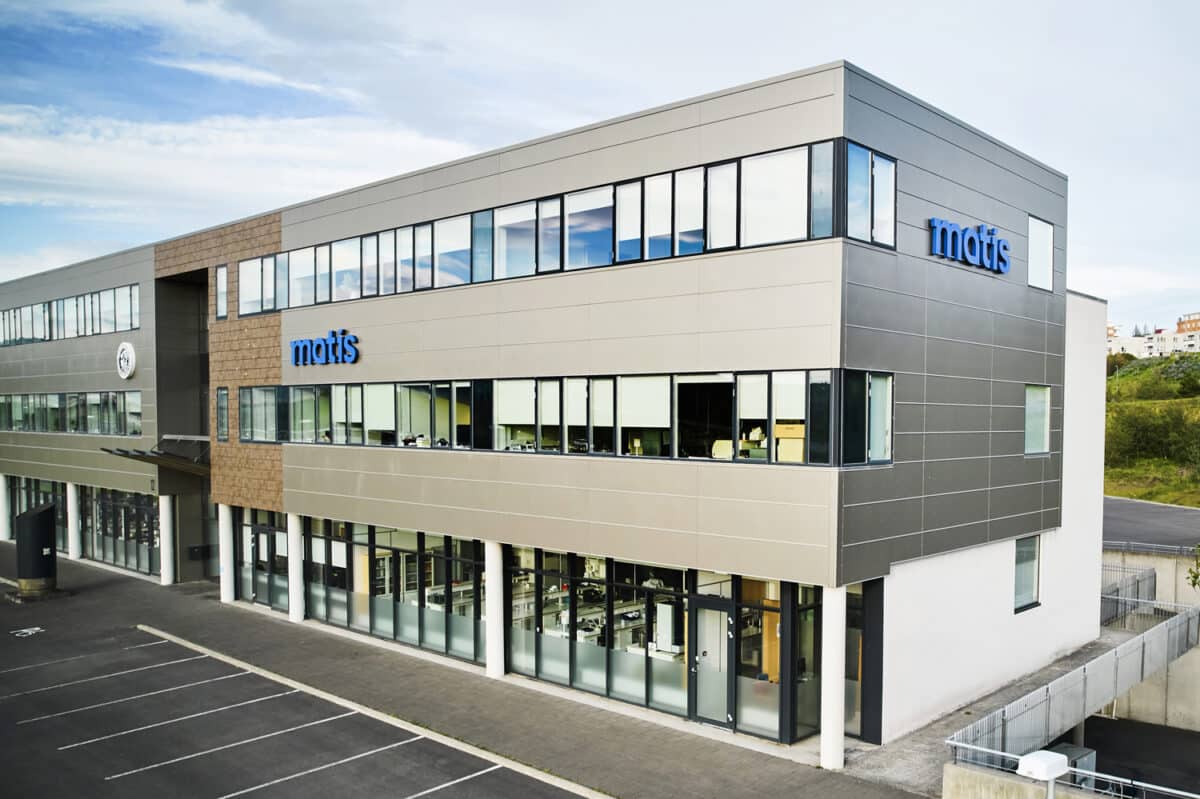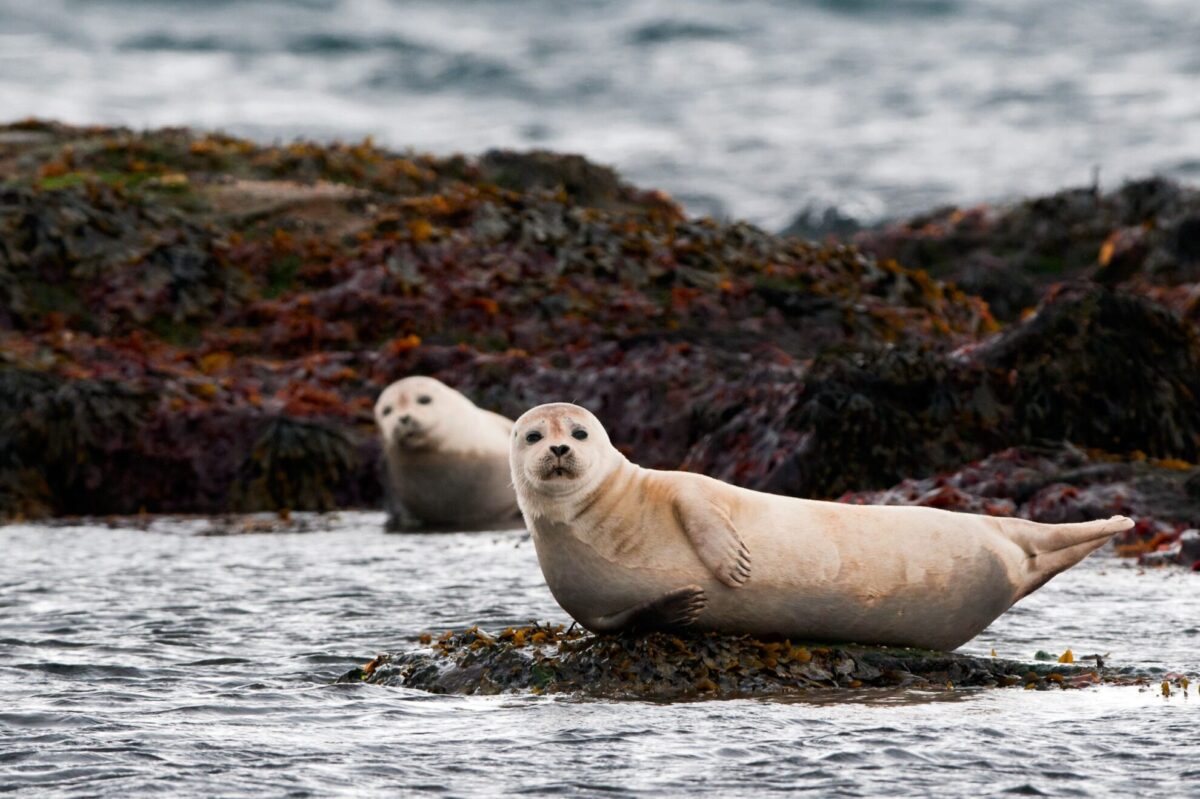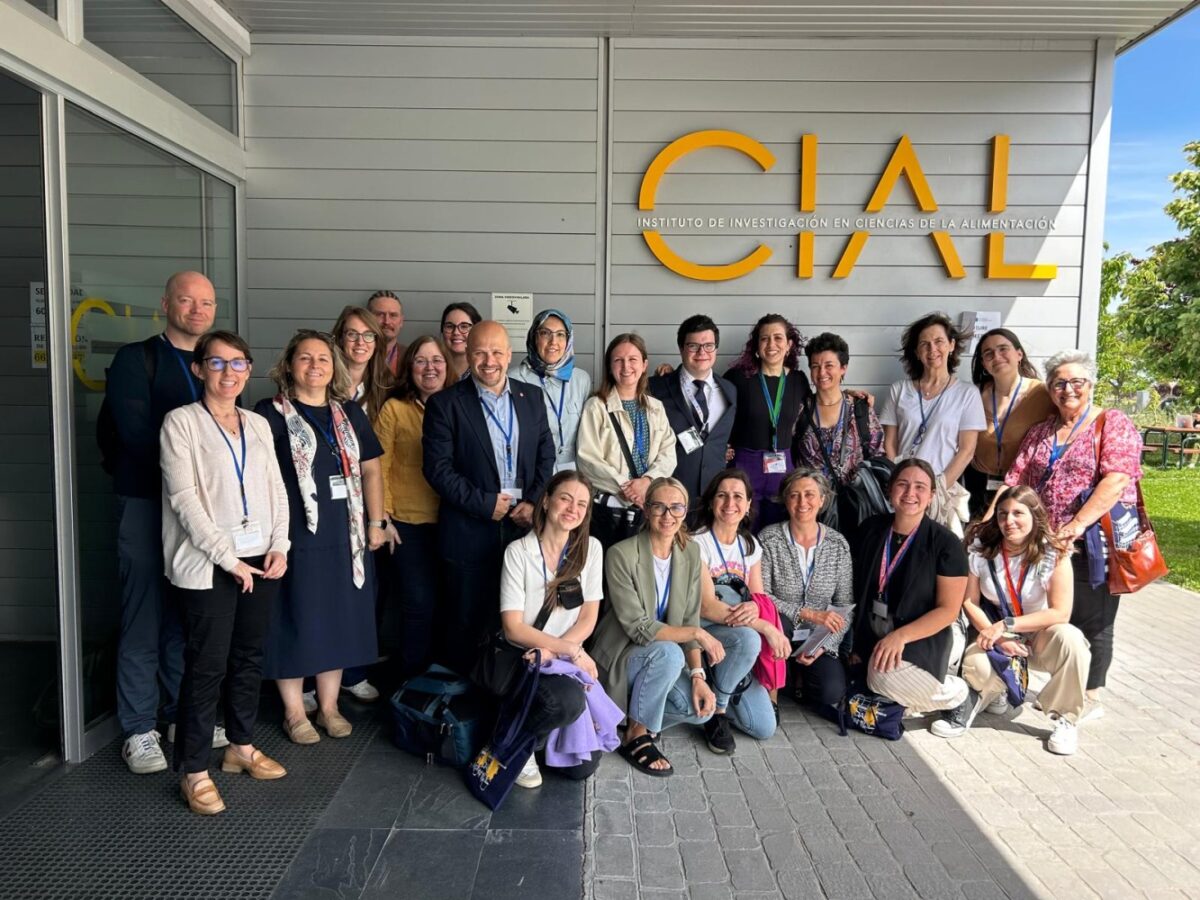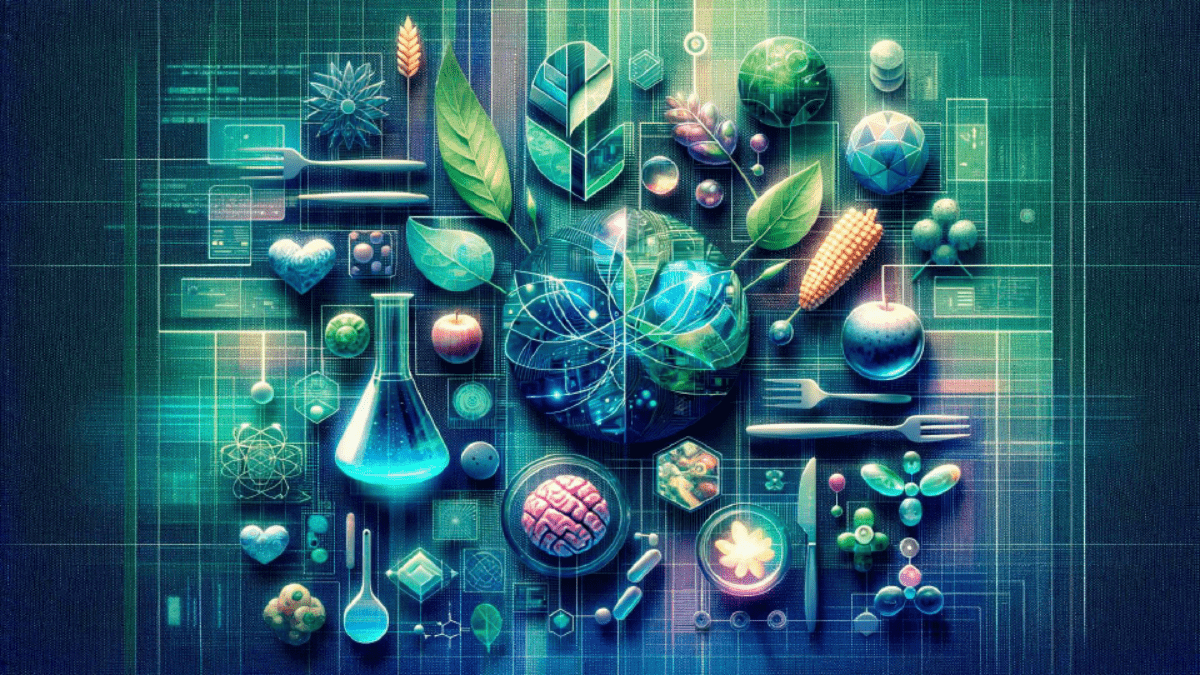Matís offers courses on food handling, hygiene, main risks and food safety, which are specifically aimed at staff in canteens, kitchens and restaurants. The purpose of the courses is to ensure that the knowledge and understanding of those who handle food on food safety and hygiene is good, in order to minimize the risk of harmful infections reaching food and thereby threatening the health and safety of consumers. The curriculum is recognized by the Swedish Food Agency. The course will be offered both as an on-site course and as an online course.
Matís and its experts are the sponsors of this project, but the study material is recognized by the Swedish Food Agency. The educational material is prepared from various data such as the laws and regulations that deal with food, from previous research and the study and presentation material that has been prepared by Matís and Matvælastofnun.
It is estimated that two to three lessons (3×45 min) will take the student to read over and absorb what is presented and to take an exam at the end of the course. If the participant has passed the test, a certificate, known as a food safety certificate, is issued. The certificate is a confirmation that the participant has acquired solid knowledge as a result of working with food handling according to the requirements of the regulations that canteens and restaurants must comply with. The 80% correct answer is required and it is possible to repeat the test twice.
The following episodes are played:
1 Food Safety
According to the World Health Organization, about 240,000 people die each year from foodborne illnesses or food poisoning, and one third are children under the age of five. It can therefore be said that food safety is dead serious. This section reviews the main hazards in food and their possible origins. Special emphasis is placed on pathogenic microorganisms, which are the main ones and how they get into food. It is also discussed how they manage to multiply and what are the main consequences if they manage to infect consumers.
It discusses the dangers associated with food and goes over the categories (physical, chemical and biological dangers, where it is discussed what kind of dangers there are and where they might be). It also discusses how to prevent the dangers from entering food and consumers. The handling and storage of food is reviewed, and cleaning and handling of food is also discussed. Finally, the necessity of registrations is reviewed.
2 Food handling and storage
This section discusses how to protect food from external contamination. It also covers the importance of the right temperature when cooking, serving, cooling and storing food.
3 Cleanliness
Review the importance of cleaning and disinfecting the environment and utensils used in food preparation, and special emphasis is placed on the hygiene and health of those who handle exposed food.
4 Hazard Analysis and Critical Control Points (HACCP)
Food regulations stipulate that all food handling and processing must be based on the HACCP philosophy. It goes over what it means and what requirements are made to different companies and institutions.
5 Allergens
Certain foods and ingredients can trigger strong allergic reactions in certain individuals. It discusses what foods and ingredients they are and what requirements are placed on those who offer foods that contain such ingredients.
The price of a webinar is 22 thousand ISK. Dates will be announced later.
Further information is provided by Óli Þór Hilmarsson, olithor@matis.is.
Photo: Shutterstock

